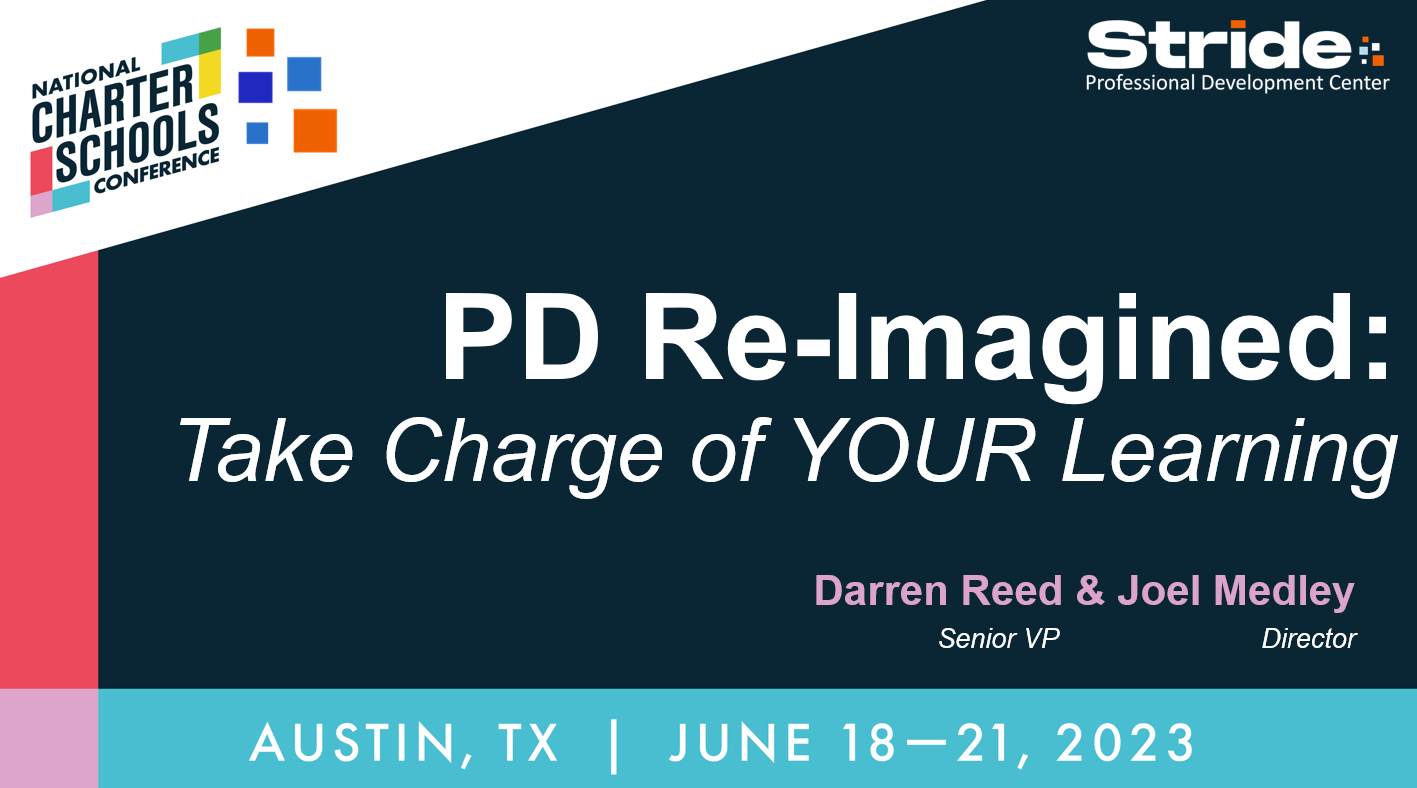Professional development is a critical component of teacher growth and effectiveness. It provides educators with opportunities to enhance their knowledge and skills, ultimately benefiting their students. However, the traditional one-size-fits-all approach to professional development often falls short of meeting the diverse needs and interests of teachers. To truly empower educators and maximize their professional growth, it’s essential to give them choice in their learning.
Even though we have seen widespread changes in education, unfortunately, those changes have not transferred over to professional development. We recognize that professional development gives educators an opportunity to enhance knowledge and skills, ultimately benefiting their students. Yet, when teachers are asked to describe their professional development experiences, the results are less than flattering. We used a simple Answer Garden to gather responses to this one question – “With ONE word, how could you describe the typical PD?” Take note of the results below.

If you have never used Answer Garden, this simple key explains all you need to know – the larger the answer, well, the more often it was written by teachers. If you look through this list, you only see one positive response – collaborative. Teachers primarily focused on 3 things to describe their typical experience in professional development:
1. Theoretical – instead of being practical tools or strategies that they can use, their learning focused on theory leaving them to make the application in whatever way they deemed best. Teachers crave authentic, practical professional development that enables them to immediately apply in their classrooms for the students.
2. Forced – someone decided for the teachers regarding what they would learn. If schools want teachers to personalize education for students, then they not personalize professional development for the teachers? Being forced into a theoretical PD session that does not align with teacher needs minimizes their investment in the learning itself.
3. Sit and get – this last one is truly unfortunate. School leaders and professional learning teams must model the type of learning they want teachers to emulate in their classrooms. Teachers need a variety of learning formats to keep them engaged in the learning process.
So what?
At 130pm on June 19, 2023 at the National Charter Schools Conference (#ncsc23), we will be presenting a “Solutions Session” that talks about the past, present, and future of professional development. We will discuss re-imagining professional development and how giving teachers a choice in their learning can revolutionize the school.

Giving teachers a learning choice reinforces several things. Here are three of the most important areas:
PROFESSIONALISM
Teachers are professionals who bring unique experiences and perspectives to their classrooms. They have a deep understanding of their students’ needs and challenges. By giving them agency in their learning, we honor their professionalism and acknowledge that they are best positioned to identify their own areas for growth. This approach fosters a sense of ownership and investment in professional development, leading to increased engagement and effectiveness in the classroom.
COLLABORATION
Choice in professional development also promotes a culture of collaboration and shared learning. When teachers can pursue their individual interests, they are more likely to engage in discussions, share resources, and collaborate with colleagues who have similar interests. This collaboration not only strengthens their own professional growth but also creates a community of educators who can support and learn from one another. This sense of collaboration and shared learning is invaluable in promoting a culture of continuous improvement within schools and districts.
SATISFACTION
When teachers have the autonomy to choose their own professional development paths, they can pursue topics that align with their interests and the specific needs of their students. This personalized approach allows teachers to engage in meaningful and relevant learning experiences that directly impact their classrooms. The result is greater job satisfaction and retention.
In pursuing passions and expertise that matter to them, teachers are more likely to feel valued and fulfilled in their roles. This sense of fulfillment translates into higher job satisfaction, which in turn contributes to teacher retention. By investing in the professional growth and well-being of teachers, we create an environment that attracts and retains high-quality educators, ultimately benefiting students and the entire educational community.
In conclusion, reimagining professional development to give teachers choice in their learning is a dynamic method to empower educators, enhance their professional growth, and improve student outcomes. By prioritizing choice in professional development, we invest in the ongoing success of our teachers and, ultimately, in the success of our students.